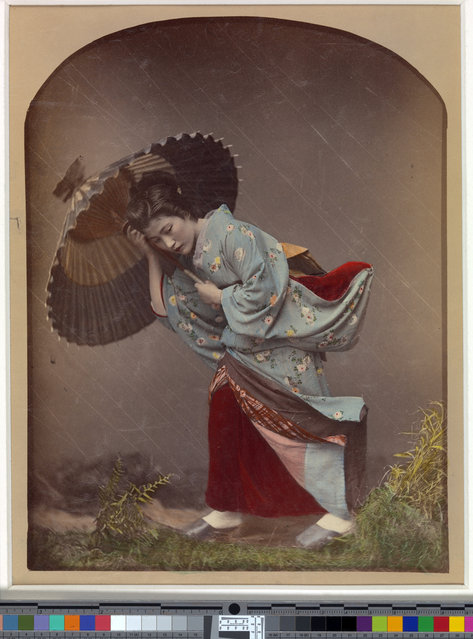
English singer-songwriter, dancer, model and actress Sarah Harding attends the launch of Walkers Bring It Back Campaign at Vinopolis on September 3, 2015 in London, England. (Photo by Joseph Okpako/WireImage)
06 Jan 2019 00:01:00,post received
0 comments







